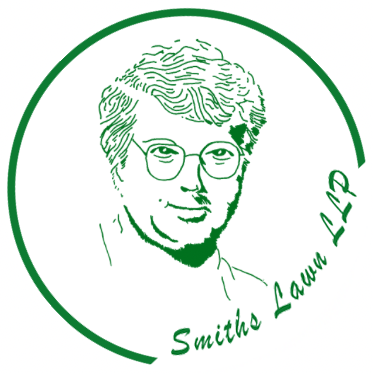
Seven Steps to a Beautiful Lawn
You’ll see the difference after just one step
Spring Fertilization is one of the most important applications of the season. The pre-emergent crabgrass control applied to your lawn during this service will prevent crabgrass germination. Spring also allows us to balance the feeding of the lawn and use our IPM (Integrated Pest Management) practices. Broad Leaf weeds that start to arrive during the warm weather will be taken care of at this time as well.
Late Spring is the time we apply the second application of crabgrass control and a slow release fertilizer. This special formulation controls crabgrass both before and after germination. We spot treat for broad leaf weeds as well as scout for the appearance of nut sedge, spurge, oxalis and purslane.
Grub Prevention is applied in Early Summer as well as a balanced slow release fertilizer to keep the lawn luscious and healthy.
Summer weed control and lawn nutrient checks will occur throughout the summer. We keep a close eye on grubs, chinch bugs and any other sort of pest that might cause havoc on your lawn and shrubs.
Pre-Fall Fertilization is designed to stimulate root growth. Roots of the grass plant continue to grow for about five weeks after top growth has ended for the season. Grasses store the food needed for the long winter in the roots. Herbicides will be applied at this time, as needed, for cool season and winter annual weeds.
Soils in Connecticut are naturally acidic with a pH below 6.5. This is a less than desirable habitat for turf grasses. When the soil pH drops below 6.5, nutrients present in the soil become unavailable to grass plants resulting in poor health. Over time, fertilization also contributes to the problem of low soil pH. Lime is added to the soil during the Fall Lime application to maintain the proper pH for turf grass.
The seventh step in the year is the Late Fall Lawn Fertilization. Grass roots normally grow for about five weeks once top growth has stopped for the winter. This fertilization will again help to stimulate root growth and the lawn will develop a dense root system and better withstand the stress of summer. A portion will green up and begin to grow earlier next spring without the detrimental top growth and root damage caused by fertilizing too heavily in the spring.
